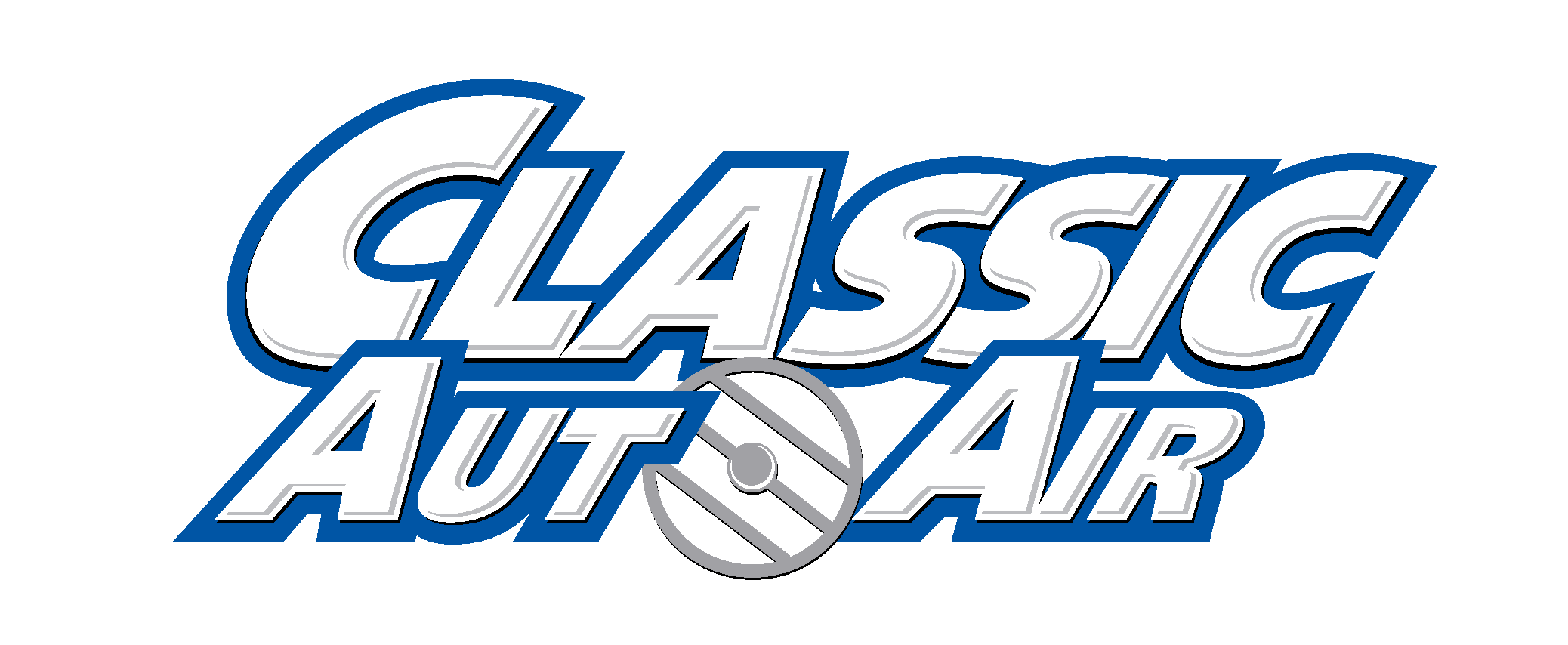WATER VALVE SUPPORT
WATER FLOW
The water valve is a directional valve and should be installed with the arrow pointing towards the water pump. If the water valve is connected to the incorrect hose, it allows water to circulate through the system via the heater core overpowering the cooling effect of the A/C coil. Classic Auto Air systems REQUIRE the water valve in the return line going to the water pump.
Make sure the water valve is positioned correctly. The water valve is a directional valve and should be installed with the arrow pointing towards the water pump. If the water valve is connected to the incorrect hose, it allows water to circulate through the system via the heater core overpowering the cooling effect of the a/c coil.
Make certain the water valve goes to the water pump!


WATER VALVE TROUBLESHOOTING
THE DISCHARGED AIR OUT THE HEATER DUCTS IS ALWAYS COLD
Check the operation of the water valve. If the water valve is not opening, the water from the motor is not passing through the heater core. Also, check to make sure the motor’s thermostat is installed and operating correctly.
COOL AT IDLE BUT WARMING WHEN RAISING ENGINE RPM’S
MAKE SURE THE WATER VALVE IS POSITIONED CORRECTLY
The water valve is a directional valve and should be installed with the arrow pointing towards the water pump. If the water valve is connected to the incorrect hose, it allows water to circulate through the system via the heater core overpowering the cooling effect of the a/c coil.
STEP 1: Check the placement of the water valve, all Classic Auto Air systems REQUIRE the water valve in the return line going to the water pump, correct if needed. In some cases, changing the location of the water valve may not fix the above problem because the internal water valve has been damaged.
STEP 2: If changing the location of the water valve does not rectify the issue the possibly the water valve is permanently damaged and may need to be replaced. To check the integrity of the water valve, completely remove the water hoses for the heater core and loop together (this will remove the heater system completely from the possibilities.) If the system now cools, replace the water valve.
VERIFY ADEQUATE AIRFLOW TO THE CONDENSER
For air conditioning systems to function properly, there has to be adequate airflow across the condenser. The function of the condenser is to dissipate heat. Without proper airflow, your system will not cool correctly.
STEP 1: Connect gauges to a/c hoses. The pressures should be with the ambient temp of 90, low side pressures should be between 8-25 psi and high side pressures should be between 160-260 psi. If the low side pressures are normal and the high side pressures are high then there might be an airflow issue.
TO TEST AIRFLOW TO THE CONDENSER:
• Place a piece of paper on the condenser with the car in idle and see if the paper is held in place.
• With the car in idle, attach gauges and place a large capacity fan in front of the condenser. What happens to the pressures?
• With the car still in idle and gauges attached pour water down the front of the condenser. What happens to the pressures? If the paper is held in place, you are at least getting some airflow. If the high side decreases during tests 2 & 3, then your condenser is not getting enough air which is causing your system to not cool properly. To correct this issue, you will need a more powerful mechanical fan.
STEP 2: Confirm correct refrigerant charge in the system. All of our systems should be charged with 24 oz. or 1.8lbs of R134 refrigerant only. If overcharged, you will need to evacuate the system and recharge with the correct amount.
